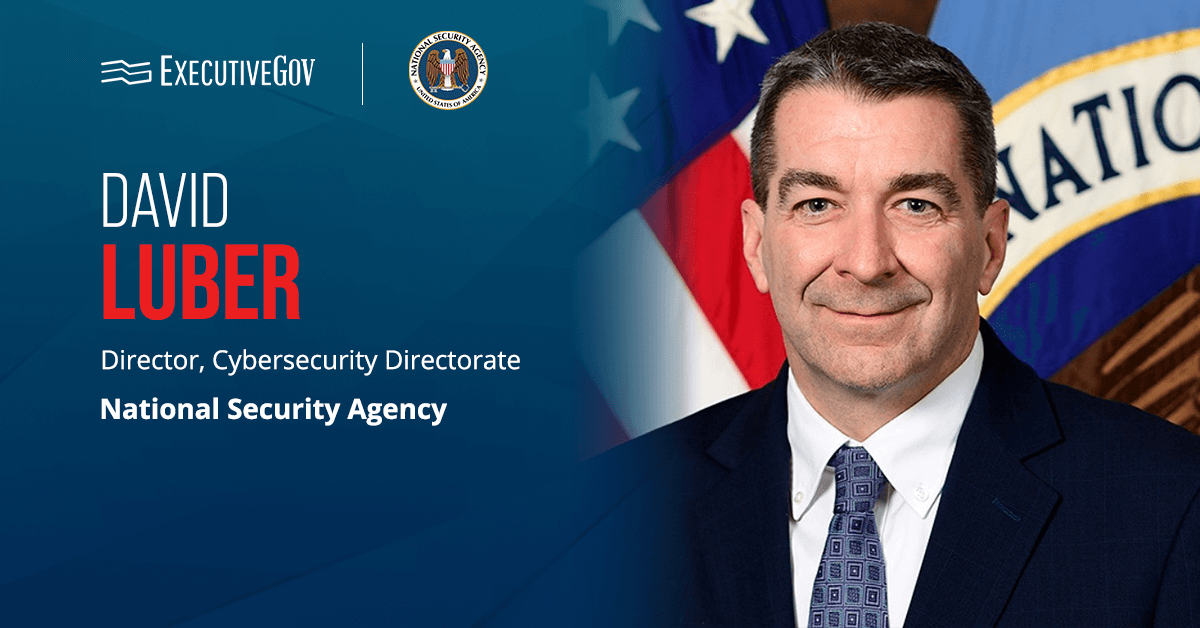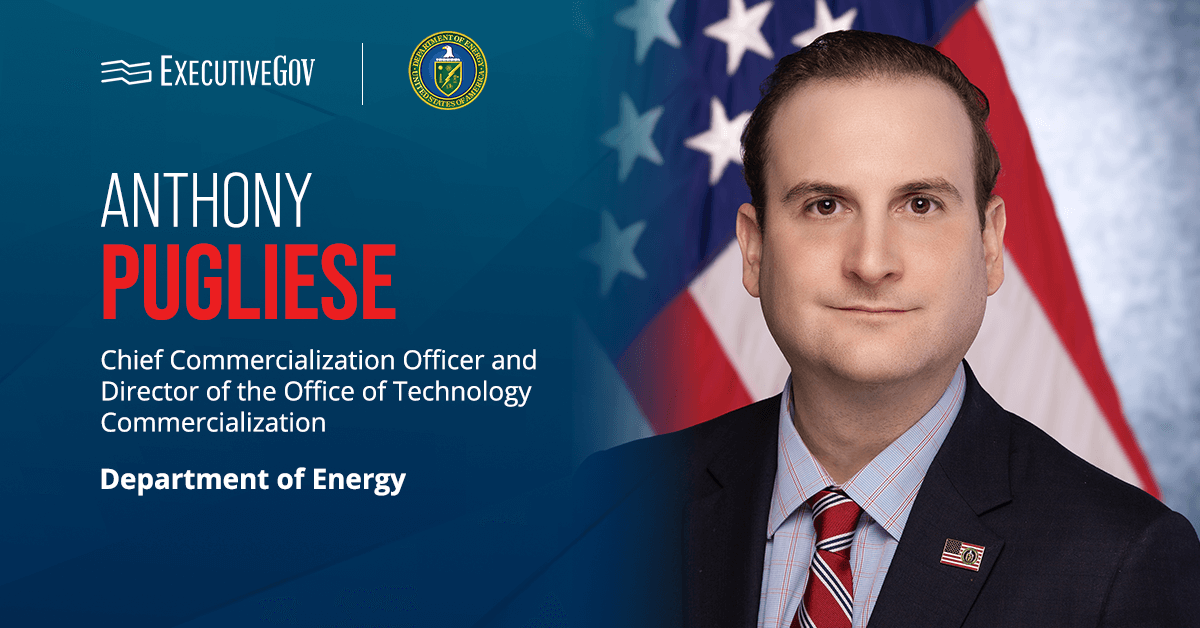Dave Luber is set to retire as director of cybersecurity at the National Security Agency on May 30, The Record reported Friday.
Dave Luber’s Extensive NSA Career
Luber has served the NSA for over 38 years. He was appointed cybersecurity director at the NSA in March 2024 after serving as the deputy director of the directorate for nearly four years. In this capacity, Luber oversaw the agency’s cybersecurity operations and directed strategies that implemented changes across the Department of Defense’s cybersecurity community. He was also instrumental in the expansion of the Cyber Collaboration Center.
Before that, Luber was the executive director of the U.S. Cyber Command. In his two-year tenure, he managed a multi-function team of over 12,000 personnel and a budget of $700 million while overseeing the development of cyber tools, infrastructure, training, exercises and analytics.
Luber served as director of NSA Colorado from 2015 to 2018, leading the cryptologic center in developing integrated intelligence for global military applications. He was also a program director for the Office of the Secretary of Defense for Intelligence, tasked with strengthening the agency’s operational posture in support of Combatant Commanders and national agencies.
The NSA cyber director also served as chief of the Remote Operations Center under the Tailored Access Operations, the agency’s elite hacking unit. He served various roles since joining the NSA in 1987 and was named a top-level career civil servant and member of the Senior Executive Service in 2008.
Luber’s decision to retire follows the firing of Cyber Command and NSA chief Timothy Haugh. The Record also reported that the current deputy director and chief operating officer will leave NSA.













